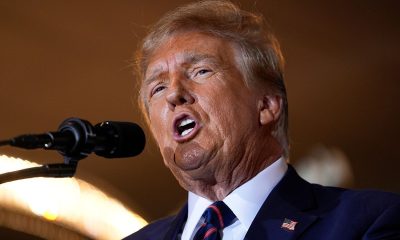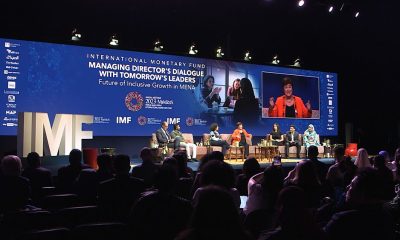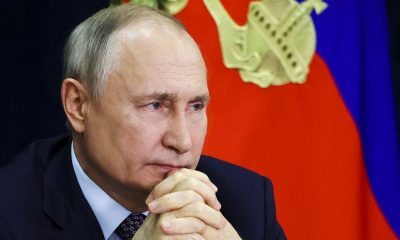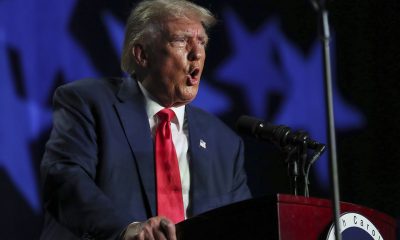General News
US and EU show united front in the face Israel-Hamas and Russia-Ukraine conflicts
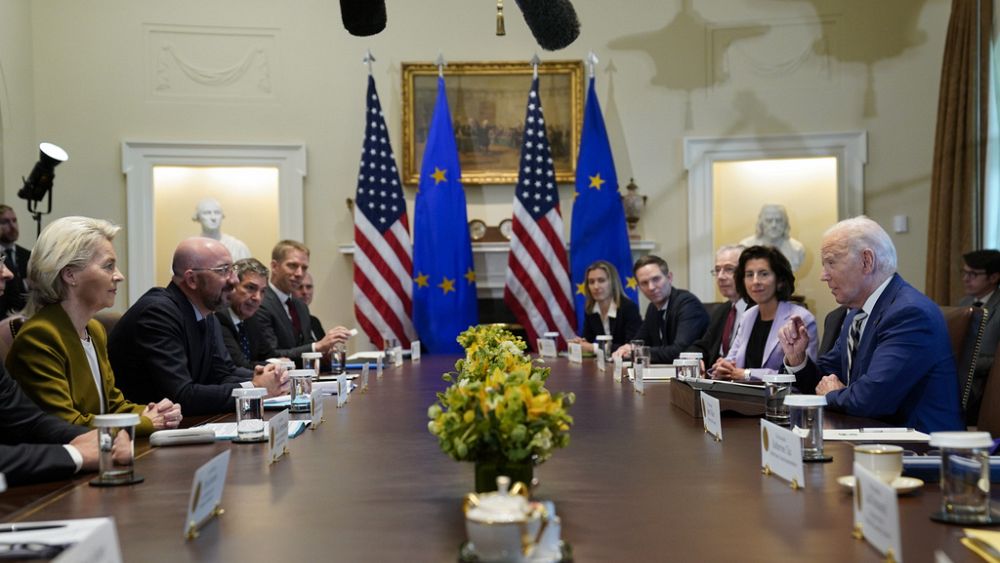
President Joe Biden welcomed European Union leaders at a moment when domestic US political chaos risks further destabilising international relations.
President Joe Biden welcomed European Union leaders to the White House on Friday with the promise that the United States can nonetheless deliver tens of billions of euros worth of aid to wartime Ukraine and Israel.
Biden greeted European Council President Charles Michel and European Commission President Ursula von der Leyen by noting their unity.
“We stood together to support the great people of Ukraine, and we stood together to tackle economic challenges,” Biden said, “and now in support of Israel after the appalling terrorist attack by Hamas.”
The Cabinet Room sit-down came at a moment when domestic US political chaos could further destabilise an increasingly chaotic world.
Many of Biden’s shared priorities with the EU depend on getting a budget through Congress.
And that’s a tough task given that the House lacks an elected speaker and differences with some Republican lawmakers over aid for Ukraine could force a federal government shutdown in November.
Along with addressing Ukraine’s efforts to repel Russia and the fallout from Hamas’ attack on Israel, the US and EU leaders are also figuring out how to manage climate change, economic competition with China and trade and tax issues.
Both Brussels and Washington pride themselves on being devoted to democratic principles, a source of unity as they navigate Russia’s war in Ukraine and the war between Israel and Hamas.
They have framed their support for Israel as a reflection of shared democratic values and stressed the importance of following international law in military operations.
But the reality of democracies is that foreign policy agreements can change with elections and competing interests at home can overshadow diplomacy.
The two partners still have differences to reconcile on trade, economic matters and the incentives for shifting to renewable energy sources.
The US and EU still need to finalise an agreement on environmentally sustainable steel and aluminium production in order to avoid the tariffs imposed during Donald Trump’s presidency.
Those levies have since been replaced with tariff-rate quotas allowing European steel and aluminum to enter the United States without tariffs — up to a level in line with historical trends.
But the truce expires by the end of the year, and authorities have sought to conclude negotiations by October.
If no lasting solution is found, the tariffs risk coming back into force next year.
Disclaimer: No copyright infringement intended. All rights and credits reserved to respective owner(s).

